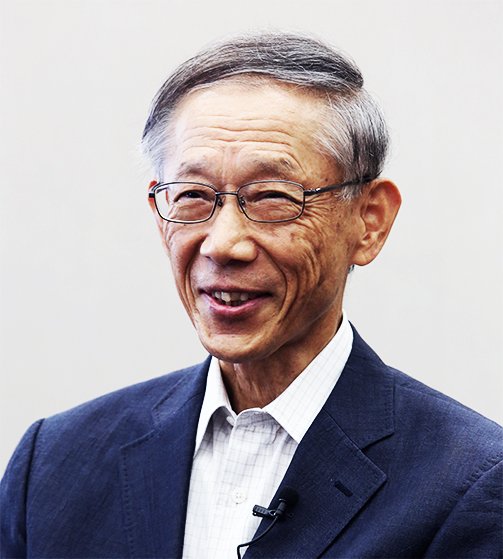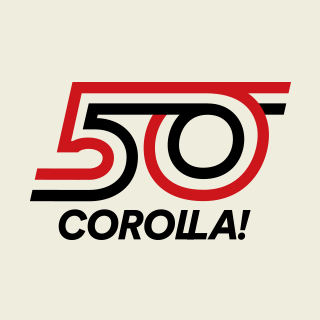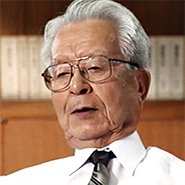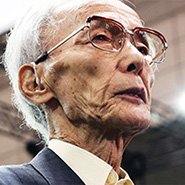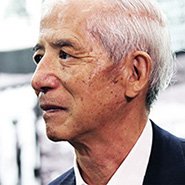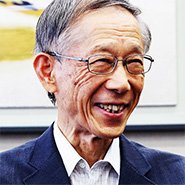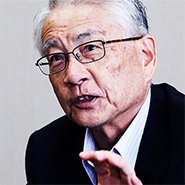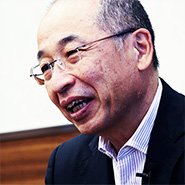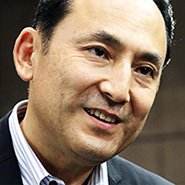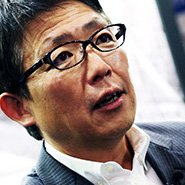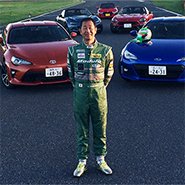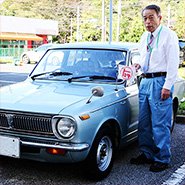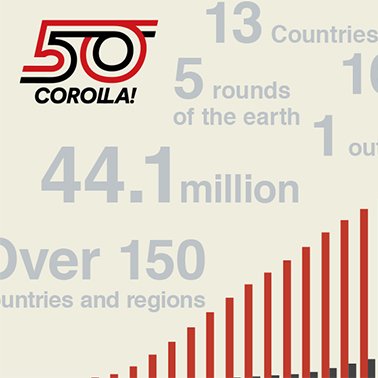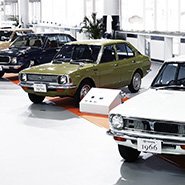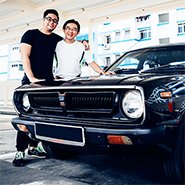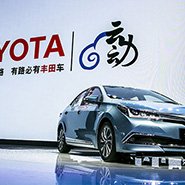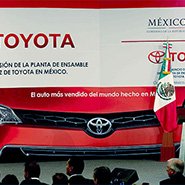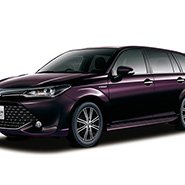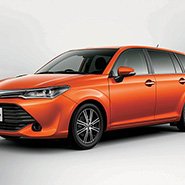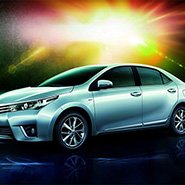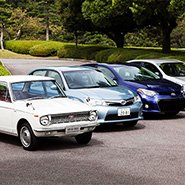Oct. 21, 2016
Takayasu Honda, Chief Engineer for the 8th generation Corolla
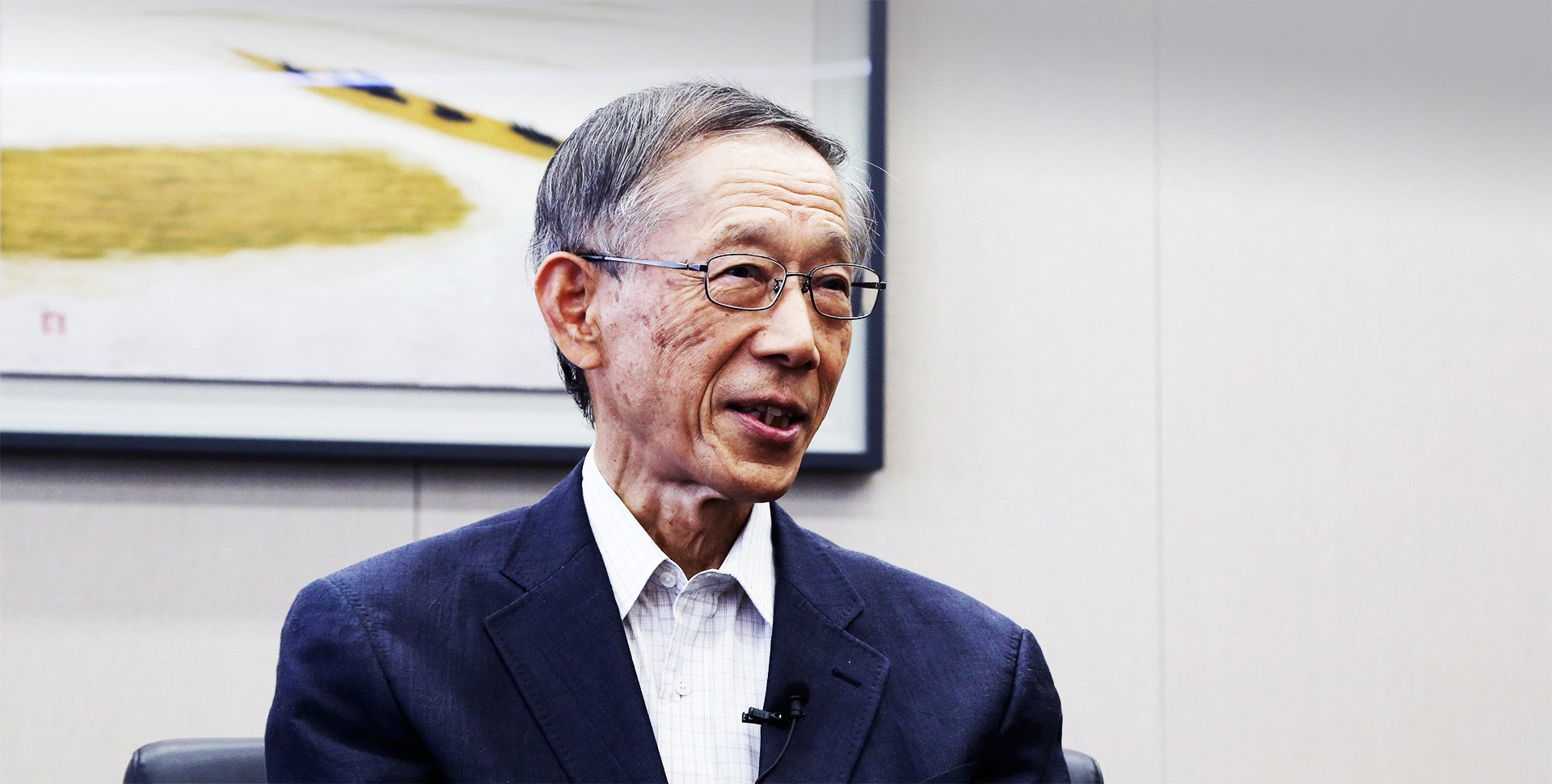
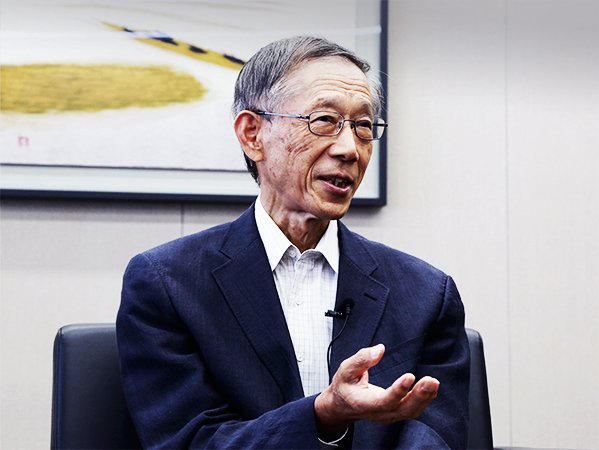
My First Beloved (Car)
The Corolla and I go back a long way. It all started in 1968. I was fresh out of college and had just landed a job at Toyota when I bought a Corolla Sprinter - the first car I fell in love with. It was a very satisfying vehicle; it was stylish, and it was fun because it drove just the way I wanted it to.
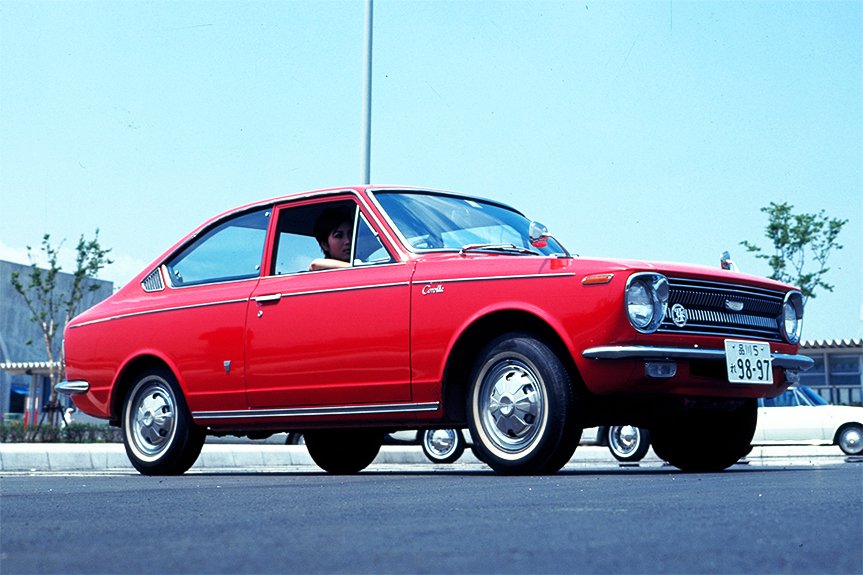
Corolla Sprinter (introduced in 1968)
The Fifth-Generation's New FF Layout
In 1977, I was transferred to do product planning for the Corolla, and had worked under Fumio Agetsuma, the chief engineer of 4th and 5th generation Corolla. Initially, I worked on the regulation of exhaust fumes for the third-generation Corolla, and when that project had concluded, I moved on and joined the ongoing development for the fourth-generation. The fourth-generation was a very ambitious model which adopted a new engine type, rack, and pinion steering. We also switched from the use of rear leaf springs to 4-link and coil suspension. The fourth-generation Corolla was highly valued as a compact sedan with an impressive style all-round.
Shortly after the fourth-generation had entered the market, I had received the following instruction from Mr. Agetsuma: “Come to the next development with a full commitment to the FF (front engine, front drive) so that we can make the next Corolla FF.” There is a backstory to this statement. At the time, Toyota was in the midst of developing the horizontally aligned FF Camry and the vertically aligned FF Tercel. This coincided with the time when I attended the European Conformance Test for the Corolla just prior to its market debut. I was also joined by the FF Tercel team at the test by coincidence. Throughout the test, I was led to believe that competitor FF vehicles, including the Volkswagen Golf had the upper hand due to the conditions in Europe, and I reported as much as I could to Mr. Agetsuma upon my return to Japan. Personally, I was just as keen to make the Corolla into a vehicle that would be on par with other European competitors in terms of driving capacity.
To begin with, we had considered different ideas, including the ways to make the FR superior to the FF, but I came to the conclusion that the future of this class would be the horizontally aligned FF. I think that Toyota was content to move forward with the FF at a gradual pace at the time, but it seemed as though Mr. Agetsuma was convinced that the Corolla must implement the FF from the next model onwards. As a result of much deliberation, we created a proposal that would help realize the goal of developing a horizontally aligned FF Corolla by using the vertically aligned engine and which managed to conform to the 1.7 m width of the small passenger vehicle for the Japanese market. Of course, the transmission and front suspension, etc., were designed exclusively for this. Gaining approval was difficult, and I submitted proposal after proposal. This continued for a while until, all of a sudden, I got the green light, and even the Corona was added to the list of vehicles that the FF was to be implemented on. With the FF taking off around the world, I think that it was a declaration of the intent to hurry and catch up on the FF layout which we were lagging behind on. It was the result of Mr. Agetsuma’s firm resolve. With this, implementation of the FF got off to a racing start all at once.
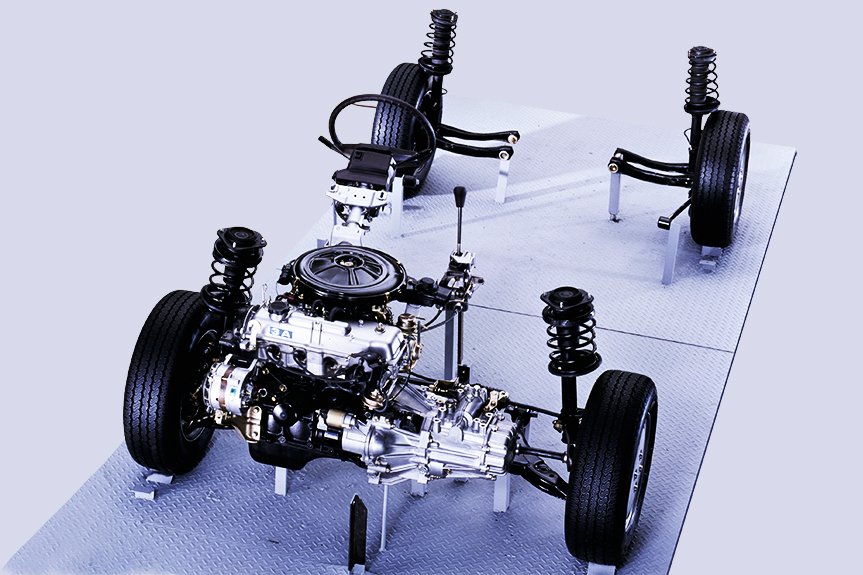
New FF Layout installed in the Fifth-Generation Corolla.
Full Coordination Under the “2 Fs Collaborative Committee”
In order to accelerate the lagging development of the FF layout, my group became the base of operations, and with this, the “2 Fs (FF) Collaborative Committee” meeting group was formed. My group came together with the developers of the Tercel, the Camry, and the Corona to work together on various issues, so that we are able to resolve it quickly. Among the many options we considered, “full coordination” was listed as one of the possibilities. While the fronts of the Camry and the Tercel were exclusive, the rears of the Camry, the Corona, the Corolla and Tercel, as well as the fronts of the Corona and the Corolla were interchangeable. By combining the front of the Tercel with the rear of the FR Corolla on sale at that time, it becomes the 4WD Sprinter Carib. By mapping out this coordination, development had surged forward. Of course, not everything went smoothly. The fifth-generation FF Corolla was a game-changer, but it still came with compromises in terms of the cost price, and certain parts were left to be refined at a later time.
That period was at the height of Japan’s rapidly growing economy. Technicians poured their hopes and dreams into the challenge boldly. There was a strong sense of not wanting to lose to our competitors overseas and also, the development scene was charged with passion and was overflowing with positivity. This fifth-generation Corolla, where FF came to fruition became very significant to me. This project was one in which I could strongly feel that I was on the same page as the chief engineer, and it was a time in which I was able to achieve a great deal through my work.
Amidst all of this, it is fascinating that the AE86 Levin and Trueno - which had inherited the FR layout, had also received such a high evaluation. It’s a very interesting example of how the design of a sedan that was created for a wide range of people could also be applied on a vehicle that appealed to a limited spectrum of car enthusiasts.
Following on, the arrival of the sixth-generation was just in time for the high-class car boom. It evolved into a very polished FF. Then, just before development began on the seventh-generation, the economic bubble burst.
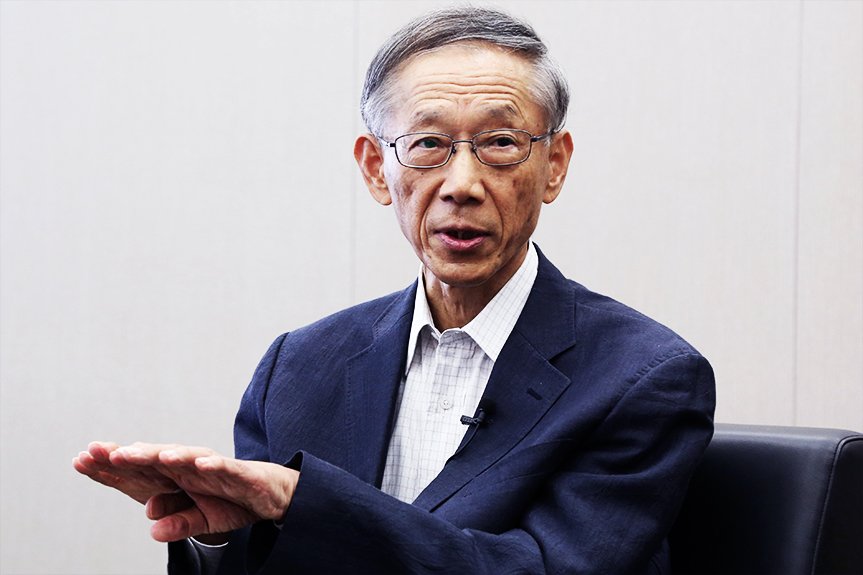
The Subtle Guidance Led by the Eighth-Generation and the Corolla “8.5”
I took on the responsibility of heading the development of the eight-generation Corolla. However, development during this time moved forward under stricter conditions than ever before. After all, it was just right after the bubble had burst, and we were forced to be extremely conscious of lowering the cost-price in order to square our accounts from the bubble era. I was afraid that we would be so focused on getting the cost-price down that we might end up shaving off the essentials and thereby, weakening the product. We had to live with the fact that while automotive development during the bubble era had resulted in vast improvements in performance and quality, it also became heavier and more expensive. We had to become wiser about persevering with the needed improvements, while becoming leaner by trimming the “fat”. With this in mind, we pushed onward with the development, by adopting the catch phrase, “Shape up, get lean and healthy!” We resolved to become stronger, and build muscles while trimming the fat, so as to get the Corolla in shape. We were able to reposition, and ended up with a vehicle that was more light-weight.
Another of the strictures we had faced during this time was the two-year delay of the overseas version due to conditions that surrounded the production in the U.S. It was inconceivable that there should be two years’ difference between sales in Japan and overseas, but the decision was reached because local production of both the Camry and the Corolla happened to occur within the same year. Within the confines of this stricture, we decided to persevere with a two-year limit on the eighth-generation while working to square our debts from the bubble era. Then, in 2 years, we planned and implemented minor changes to the Japanese model, reconstructing it as the Corolla “8.5” while releasing the new model for the overseas market, which also shared similar features. By including the progression of overseas production in our calculations, we made this Corolla the model for three regions: Japan, the U.S., and Europe. This was the original eighth-generation. Given that it was such a dark period, we switched to the hardtop which was still under development and had invested in the Spazio so as to be able to feel the breeze brought in by the dawn of a new era. The development group was left flat-out in the development of this vehicle within a short period of time.
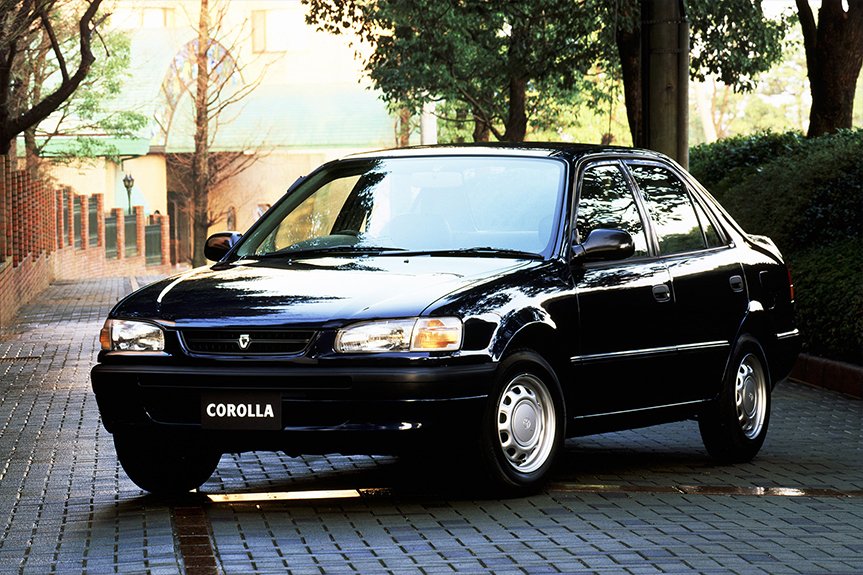
The 8th Generation Corolla
Corolla: An Emblem of Youth
The Corolla is an intriguing car; it really fascinated me. There were many difficulties and things that didn't go as planned, but there was just as much of a sense of accomplishment when we found a way forward—a better way. We had a lot of fun developing the vehicle for over 20 years. To me, the Corolla resembles youth.
To think that the Corolla has turned 50 seems surreal, and it also makes me incredibly happy. For 50 years now, the Corolla has continued to adapt deftly to changes in the world; an example of this is the switch to an FF layout. I hope that the Corolla will continue to evolve freely, without being tied down by tradition or preconceived notions.
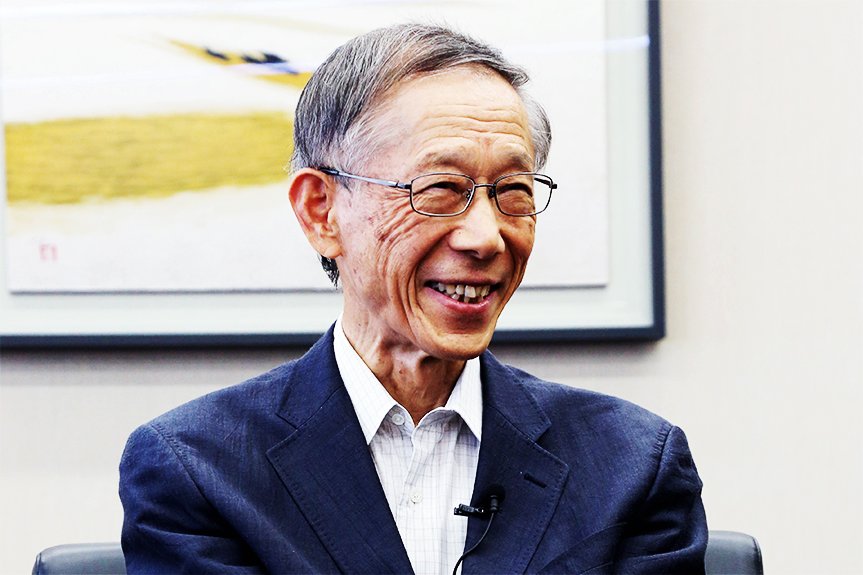
Takayasu Honda, Chief Engineer for the 8th generation Corolla
Mr. Honda joined Toyota Motor Corporation in 1968. After designing the chassis for the Corona, Corolla, Mark II, HiAce, and other vehicles, Mr. Honda was in-charge of the product planning for the Corolla for 20 years within the Product Planning Division from 1977 onwards. In 1991, he was appointed Chief Engineer for the eighth-generation Corolla.
